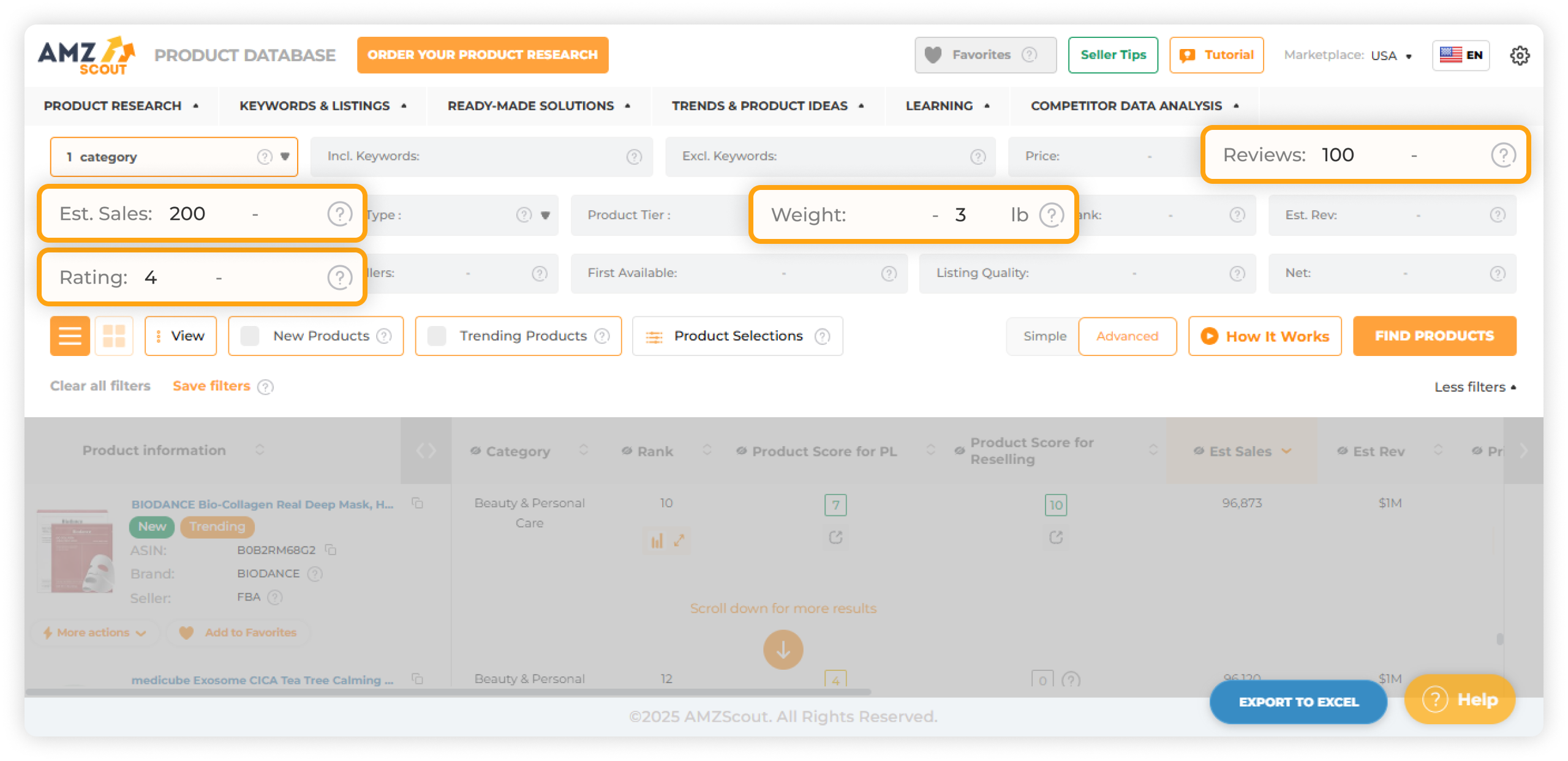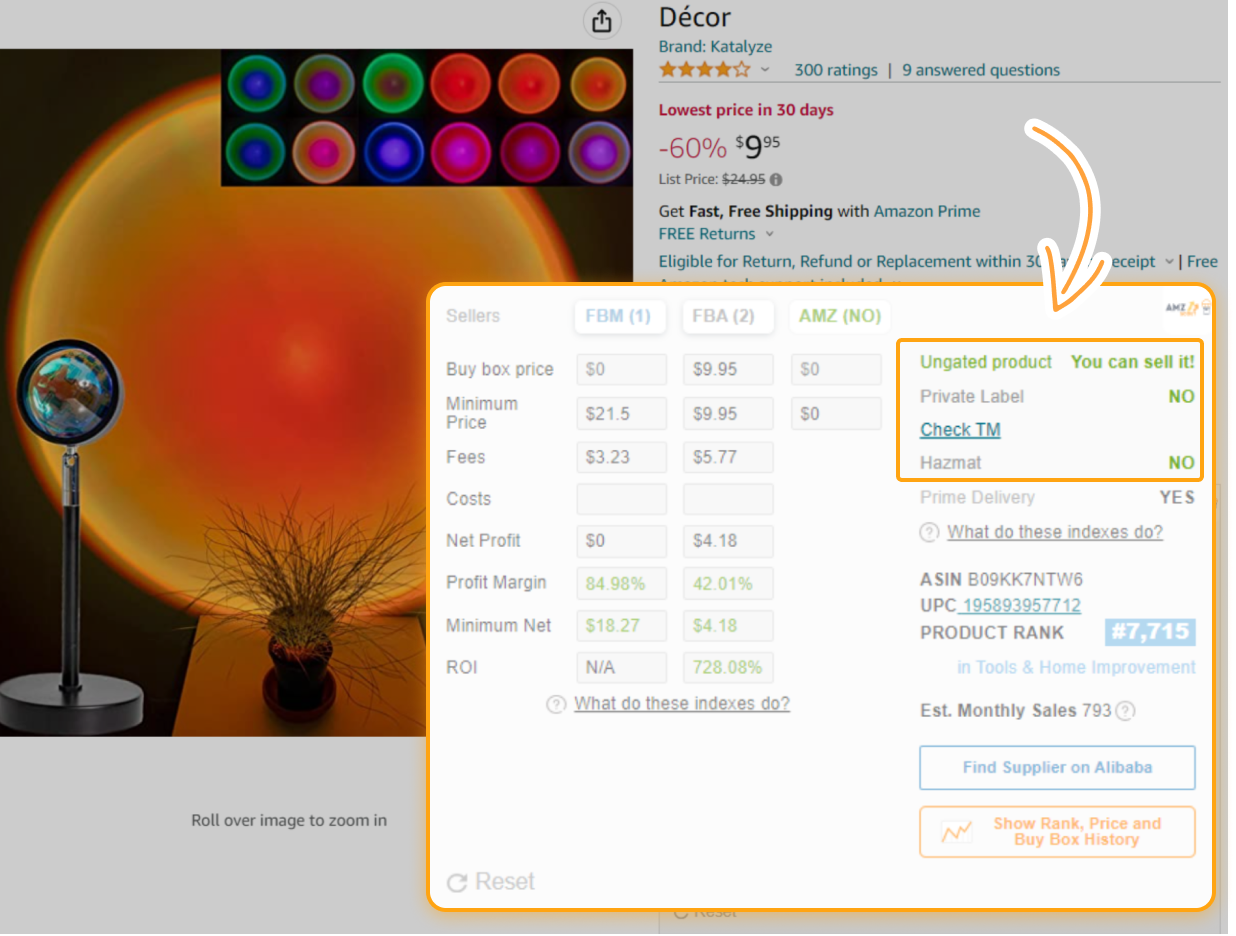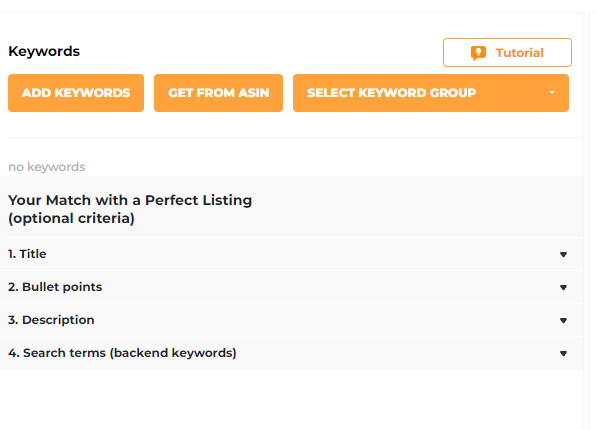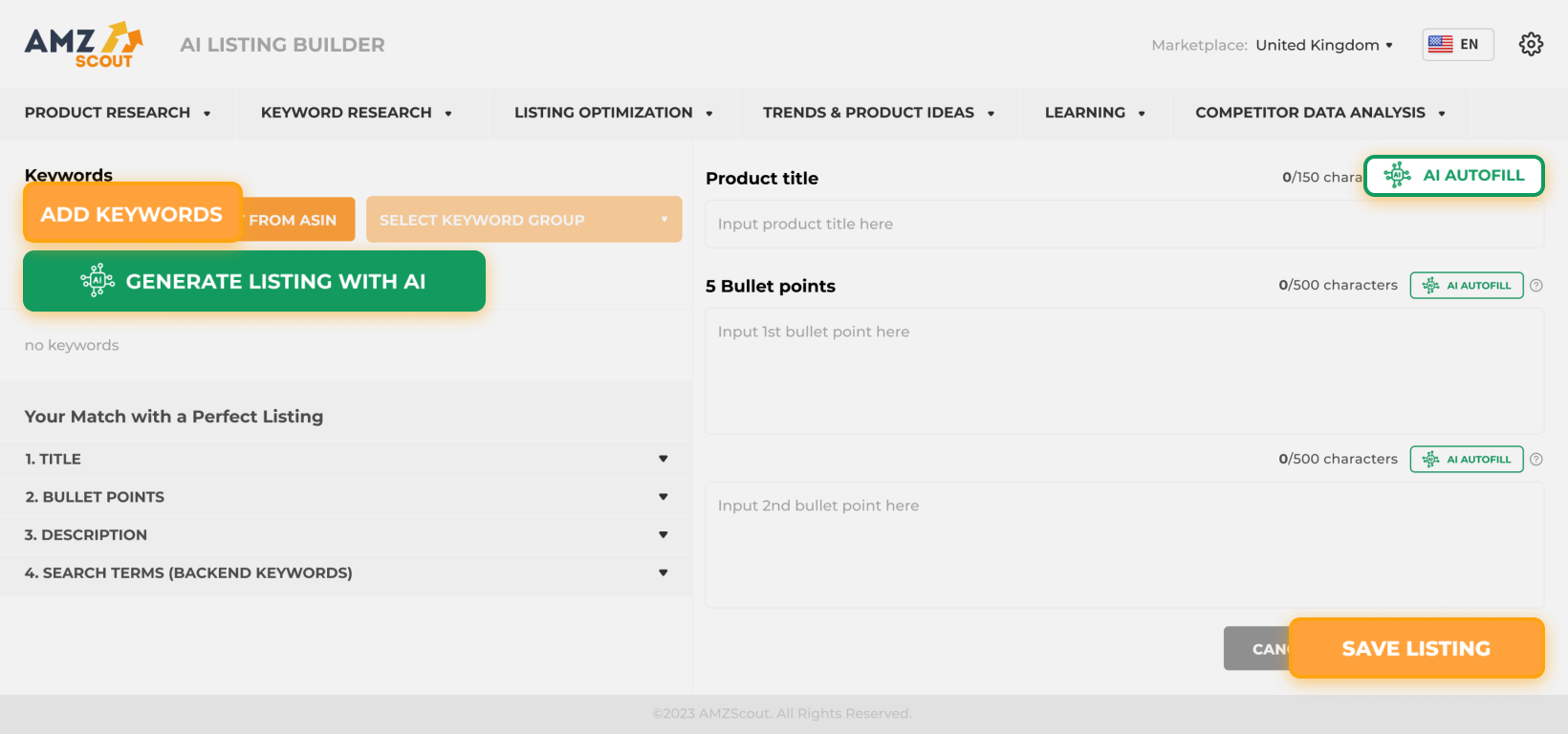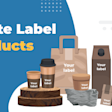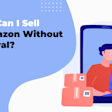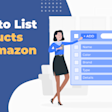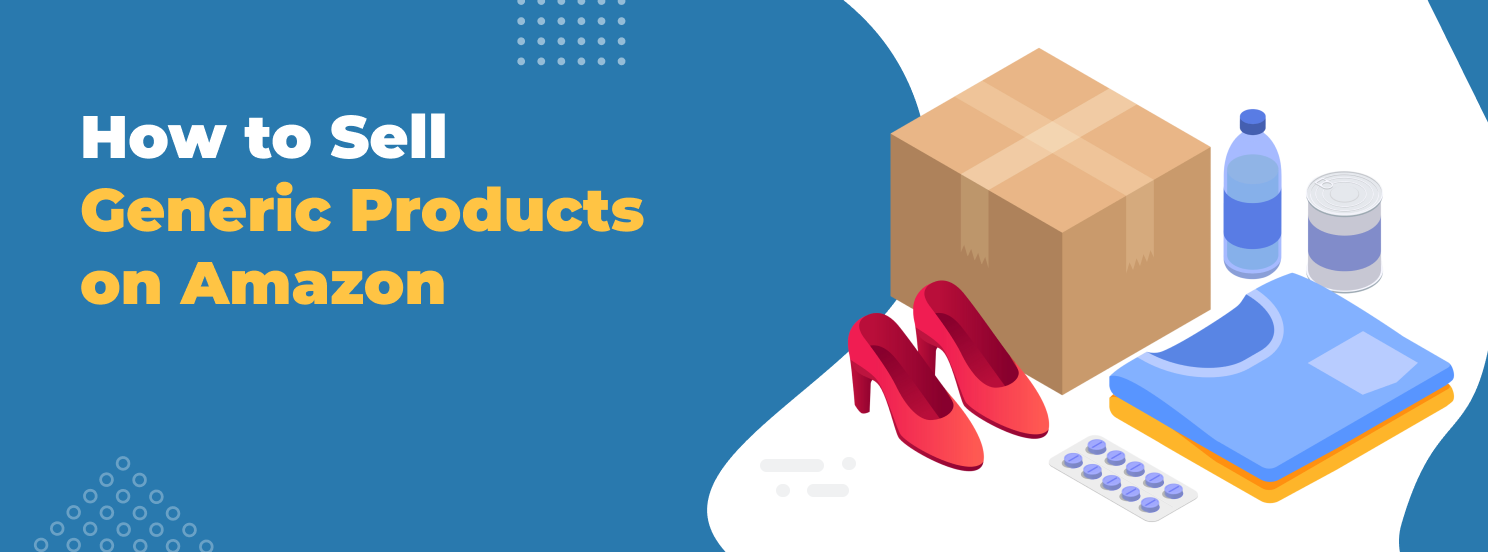
Selling Generic Products on Amazon: A Beginner’s Guide
Selling generic products on Amazon offers a golden opportunity to launch a business with lower costs and massive potential for growth. With today’s abundance of suppliers, including platforms like Alibaba or local wholesalers, tapping into this market has never been easier. But to truly capitalize on generic items, you need to implement a smart, efficient strategy.
In this article, we’ll break down how to sell generic products on Amazon successfully, so you can turn everyday items into a thriving revenue stream.
Table of contents
What are Generic Products on Amazon?
Generic items on Amazon are products that don’t have a recognizable brand identity. They’re listed under a generic brand name to indicate their lack of unique logos or trademarks. These items cater to shoppers seeking straightforward, affordable solutions, and fill a niche that prioritizes practical purchases over flashy branding.
A key advantage of selling these kinds of items is the ease of producing or sourcing them in bulk, which cuts costs for sellers and offers flexibility to adapt to shifting trends. However, this method also has a downside: intense competition. Low barriers to entry flood the market with similar products, often driving profit margins razor-thin.
Let’s explore how to sell generic products on Amazon successfully.
How to Sell Generic Products on Amazon
Selling generic products on Amazon comes with unique nuances that can differ based on your product type and other factors. Below are four universal steps to guide you through the process effectively.
Step 1: Find a Profitable Generic Product to Sell
To maximize your investment, start by identifying trending products and gauging customer demand to focus on items with solid market potential. This involves analyzing market trends, competition, and other key factors.
Thankfully, Amazon sellers can streamline this process by using the AMZScout Product Database, which offers insights on over 600 million products.
Here's how to find ideas:
1. Go to the Product Database. Enter your email address to start a free trial.
2. Apply filters to narrow down your search for white label products. For example, to find ideas for profitable products in the beauty category, consider specifying these desired options:
Category: Select "Beauty & Personal Care" (add keywords like "natural ingredients" if needed).
Estimated Sales: Set a minimum, such as “200 sales/month”, to confirm demand.
Weight: Cap at 3 lbs to reduce shipping costs.
Rating: Choose 4+ stars to prioritize quality.
3. Get your results. Click “Find Products” to generate a list of items that match your criteria. Consider sorting the results by the number of sales to see top performers first. Pick items for deeper evaluation.
5 Generic Product Ideas to Sell on Amazon
1. Silicone Baking Mats
Silicone baking mats have become a staple in modern kitchens due to their reusability and non-stick properties. They cater to health-conscious bakers and eco-friendly consumers seeking alternatives to disposable parchment paper. According to AMZScout PRO AI, the average monthly sales for silicone baking mats are estimated at 1,531 units on average, with a price range of $15–$20.
The AMZScout Keyword Search tool indicates that "silicone baking mat" has a monthly search volume of 9,900, with related keywords like "non-stick baking mat" and "reusable baking mat" also showing strong search interest.
2. Portable Electric Milk Frother
The portable milk frother targets coffee lovers who want barista-quality foam at home, and its compact size makes it an impulse-buy favorite. Per AMZScout PRO AI, this niche shows moderate competition with a 7/10 niche score, giving new sellers a good chance to stand out. Average listings have 9,450 reviews with an average 4.3-star rating, meaning the market still has room for high-quality offerings.
AMZScout indicates that related products peak during holiday months, highlighting seasonal revenue spikes around Thanksgiving and Christmas.
3. Memory Foam Seat Cushion
Memory foam seat cushions serve office workers and travelers, combining comfort and ergonomic support. The niche has a high monthly revenue potential of average $91,168, with average prices around $30, as data from AMZScout PRO AI indicates. Average listings have 10,537 reviews and a 4.37 rating, signaling opportunities for new entrants who focus on unique designs or materials. Additionally, the product enjoys steady year-round demand with small peaks in back-to-school and work-from-home seasons.
4. Stainless Steel Insulated Water Bottle
This product is perfect for active lifestyles, including gym-goers, hikers, and commuters. Per AMZScout data, it has a niche score of 7/10, which shows continued growth potential. Products in this category average 11,324 monthly reviews, reflecting high engagement, and listings with 4.5+ stars tend to dominate top search results. AMZScout PRO AI also predicts an average monthly revenue per top-selling listing of $383,781, making it a lucrative yet competitive category.
5. LED Strip Lights
LED strip lights cater to home decorators, gamers, and tech enthusiasts looking for vibrant, customizable lighting. This niche has a very high search seasonality, peaking during summer and around Black Friday, making marketing timing crucial. Products average 14,439 reviews with a 4.4-star rating, leaving room for improved product features or better bundled offerings. AMZScout data shows a monthly estimated revenue of $136,624 and 1,900 monthly searches for keyword “smart led strip lights,” so a standout listing can surely capture strong visibility.
Assessing Product Viability
After identifying best selling products, it’s critical to evaluate their profitability, specifically for your store. Whether you choose to resell products, offer generic items, or build a brand, ensuring compliance with Amazon’s policies is equally vital to avoid potential issues.
The AMZScout Online Arbitrage, Wholesale, and Dropshipping Extension simplifies this dual check—here’s how:
1. Install the Extension.
2. Search products. Enter terms like “generic eye patch” in Amazon’s search bar, based on prior Product Database filters, and open a product page you’re interested in for detailed analysis.
3. Verify restrictions. Use the extension’s window (on the right) to check:
Gated category: Confirms if Amazon approval is needed to sell.
HAZMAT status: Flags hazardous items requiring extra certifications.
Note: Other restrictions typically don’t apply to sourcing similar generic products.
4. Analyze trends. Use the Rank, Price, and Buy Box History tool to track ranking, pricing, and sales trends, guiding your pricing strategy.
5. Estimate profits. Input costs (e.g., purchase price) into the profit calculator, tailored to your fulfillment method (FBA or FBM), to ensure viable margins.
Note: The extension also displays estimated monthly sales, offering demand insights for smarter choices.
This process ensures that your generic products align with Amazon’s market dynamics and profitability potential. Once you’re armed with these insights, you can confidently launch or expand your unbranded offerings on the platform.
Step 2: Source Your Products
After pinpointing which generic products you plan to sell, your next task is securing a reliable vendor. Platforms like Alibaba and Temu stand out as go-to options, connecting you with a broad range of manufacturers and product choices. To ensure a smooth partnership, evaluate potential suppliers by exploring these key considerations:
What’s the minimum order quantity (MOQ), and are bulk discounts available?
What are the shipping timelines and associated costs?
How fast can they produce additional stock for future orders?
Note: Be prepared to source packaging options if the supplier doesn’t offer it. If shipping isn’t included, arrange a courier to transport goods to Amazon FBA centers or your warehouse, depending on your fulfillment setup.
Before committing, confirm the supplier’s reliability. Check their ratings and reviews on the platform, request their business license and certifications, and search their name online with terms like “scam” to spot potential issues.
Consider starting with a small test order you’re comfortable risking. This helps you assess product quality, communication, and order speed before expanding.
Step 3: List Your Products on Amazon
When selling an unbranded product, you’ll need to set up a fresh Amazon listing via Seller Central. This process requires careful attention to detail, and involves inputting essential information such as pricing, stock levels, and any product variants.
To create a standout listing, you need to focus on four critical elements:
Note: Always designate the brand as "generic" in the listing—failing to do so puts you at risk of penalties from Amazon.
Visuals: Include sharp, professional images and videos that display your product from multiple perspectives and in practical use scenarios.
Title: Craft a compelling, keyword-rich title that’s both engaging and descriptive to grab attention.
Bullet points: List up to five bullet points that spotlight the product’s benefits and standout qualities, weaving in relevant keywords naturally.
Description: Write a persuasive description that highlights the item’s value and edge over rivals, while incorporating keywords seamlessly.
Backend keywords: Add backend keywords (these are unseen by buyers, but vital for Amazon’s search engine) to boost discoverability.
Thorough keyword research is a must to optimize visibility, but it can be tricky to blend them into readable text while staying within Amazon’s rules on character limits and restricted symbols. Specialized tools can simplify this task, ensuring that your listing aligns with platform standards and performs at its best.
Crafting a Compelling, SEO-Optimized Listing
Building an effective Amazon listing demands both expertise in writing persuasive copy and skill in selecting high-impact keywords to weave into your text. The AMZScout AI Listing Builder simplifies this process, delivering optimized content in seconds.
Here’s how to use it:
1. Go to the AMZScout AI Listing Builder page.
2. Add keywords. This can be done using one of two methods:
Enter terms you’ve gathered from prior research manually.
Pull keywords automatically by entering competitors’ ASINs, saving time and tapping into proven strategies.
3. Generate content. Hit AI Autofill to instantly create titles, bullet points, descriptions, and keywords that meet Amazon’s character limits while embedding your keywords seamlessly.
Note: You may need to tweak the output slightly to suit your audience—use the checklist in the bottom-left corner for Amazon best practice tips.
4. Finalize your listing. Save the text to boost your store’s visibility and drive sales.
An SEO-friendly listing can steer more traffic to your product, heightening your odds of conversions. This streamlined approach could be the edge that sets your generic item apart in a crowded market.


Step 4: Market Your Product
Even top products can fade into obscurity without effective marketing. Unlike branded items, generic items lack built-in recognition, requiring extra effort to capture attention. Here are some best practices to elevate your success:
Bundle products: Combine items to offer greater value and encourage higher sales while appealing to cost-savvy customers.
Run discounts: Offer strategic price cuts while ensuring that you balance profitability with attractiveness to draw buyers.
Participate in Prime Day: Capitalize on this high-traffic event to boost sales volume and gain exposure.
Use Sponsored Ads: Launch targeted Amazon PPC campaigns to enhance visibility, especially for new listings needing a quick lift.
Encourage reviews: Join Amazon Vine to secure reviews from trusted voices in exchange for free products, building credibility fast.
Note: Consider using Amazon FBA, as customers often favor FBA sellers for their fast, reliable shipping.
Stay proactive by tweaking your strategy based on performance insights to maximize reach and revenue.
Over time, you’ll gain insight into what works and what doesn’t, refining your approach for lasting success.
Conclusion
The success of off-brand products depends on multiple factors—such as quality, visual appeal, and beyond—but two stand out as critical: choosing the right products from the start and marketing them effectively. Consider leveraging the AMZScout toolkit to streamline this process, helping you identify the most profitable unbranded products and list them effectively. By embracing this strategy, you can boost your odds of thriving on Amazon.
FAQs
What are examples of generic products?
Generic products are everyday unbranded essentials like soaps, kitchen sponges, or phone cases that prioritize functionality over prestige. Top-selling categories for these products often include health and beauty, household goods, apparel and accessories, and food and beverage.
What is Amazon’s generic product policy?
Amazon’s generic product policy covers items without a unique brand name or logo, requiring sellers to use "generic" in the brand field when listing them. Misusing intellectual property or labeling branded products as generic violates Amazon’s rules, and once it's set, the brand field can’t be changed—rebranding necessitates creating a new listing.
Should I sell generic products on Amazon?
Selling generic products on Amazon provides multiple benefits like low entry costs and sourcing flexibility. These practical, everyday items often enjoy strong demand due to their utility. However, with such typically low prices, it’s crucial to use analytical tools like AMZScout for product research to pinpoint truly profitable options and market them effectively.

